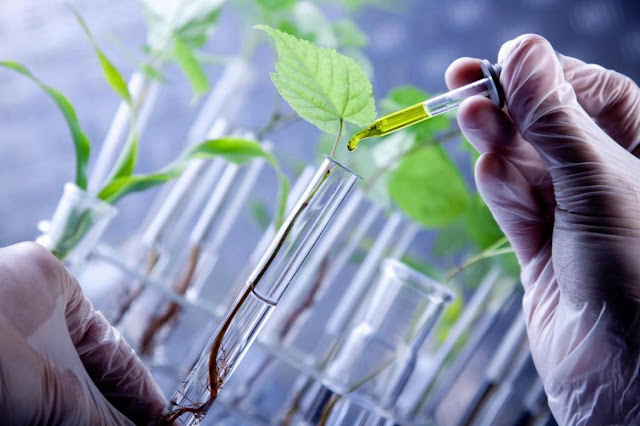Pesticide Adjuvants; Help Improve The Performance Of Pesticide And Increase Its Impact
 |
| Pesticide Adjuvants |
Pesticide Adjuvants are added in the pesticides to improve their performance. They are added for many reasons such as to reduce product drifting, to reduce foaming, and to control acidity. They are added before application or can be included while formulating pesticide. When it comes to effective pest control, no single ingredient can provide the same measure of control as an array of pesticide adjuvants and formulations. Moreover, pesticide adjuvants form the foundation of most commonly used pesticides and their applications.
Pesticide Adjuvants
are also used to enhance the efficacy of pesticides and other compounds that
kill or control unwanted pests commonly found in or around crops. They are
either applied directly to the crop or are sprayed on the surrounding soil. Basically,
pest management can be divided into two major categories, such as physical and
chemical. Chemical methods involve the application of pesticides and other
substances directly or indirectly. These indirectly affect plant development
through pollination and thus indirectly influence plant structure and quality.
Thus,
to protect the target species from such risks, chemical formulations/sprays
must be applied. While, physical control involves manual manipulation of
affected vegetation or soil conditions and usage of devices to track and direct
pest movement. Adjuvants for pesticides are substances that replace, complement
or otherwise play a key role in the action of a chemical substance. Pesticide Adjuvants are usually
liquids, but some varieties can also be gels, aerosols and aerosol cans. Some
forms of adjuvant are known under different names depending on the product
being referred to.
Adjuvants
are added to help the pesticide do its job and stay on target. Adjuvants are
added to crop protection products to enhance the effectiveness of pesticide,
and improve the overall performance. Adjuvants are defined in Regulation
(EC-European Commission) No 1107/2009 Article 2 (3) d as substances or
preparations delivered to the user and placed on the with the purpose of being
mixed with a plant protection product to increase its impact or other
pesticidal properties.
For
instance, they might increase a pesticide's effectiveness by applying it
directly to the pest that it is intended to control at the appropriate time,
such as just after rain has washed other pesticides away that might have
prevented contact with an insect's cuticle.



Comments
Post a Comment